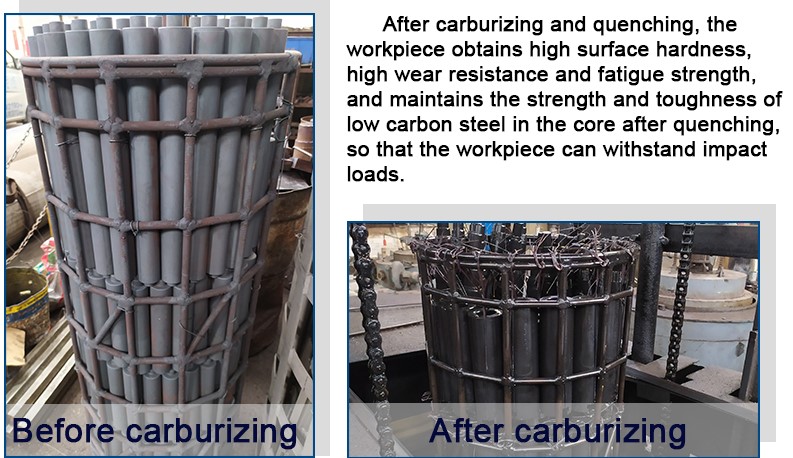How to Select the Appropriate Heat Treatment Process for Alloy Steel
Feb. 27, 2025
Selecting the appropriate heat treatment process is crucial for enhancing the strength, hardness, toughness, wear resistance, and other properties of alloy tool steels. Below are some key factors to consider and specific steps to follow when choosing a heat treatment process:
I. Key Factors to Consider
Alloy Composition:
The chemical composition of different alloys determines their phase transformation temperatures and heat treatment characteristics. For example, the heat treatment temperatures for aluminum alloys are generally lower than those for steel alloys.
Workpiece Shape and Size:
Large workpieces or those with complex shapes require longer soaking times and more uniform heating methods to avoid deformation and cracking.
Performance Requirements:
Determine the required mechanical properties (such as hardness, toughness, wear resistance, etc.) based on the workpiece's application scenario, thereby selecting the appropriate heat treatment process.
Equipment Conditions:
The heating capacity, temperature control accuracy, and cooling method of the heat treatment equipment will also affect the selection of process parameters.
II. Specific Selection Steps
Clarify Workpiece Requirements:
Firstly, clarify the specific application scenario and performance requirements of the workpiece, such as hardness, toughness, wear resistance, etc.
Select the Appropriate Heat Treatment Process:
Based on the workpiece requirements, select the appropriate heat treatment process. For example, quenching can be chosen for parts requiring high hardness and strength; tempering can be selected for parts requiring high toughness and certain hardness; normalizing can be used for parts needing to eliminate residual stresses and improve machinability.
Determine Process Parameters:
After selecting the appropriate heat treatment process, determine specific process parameters, including heating temperature, soaking time, and cooling rate. The selection of these parameters should be comprehensively considered based on alloy composition, workpiece shape and size, and equipment conditions.
Heating temperature is usually determined based on the alloy's phase transformation temperature, soaking time affects the uniformity of the alloy structure and the degree of phase transformation, and cooling rate determines the final structure and properties of the alloy.
Conduct Experimental Verification:
After determining the process parameters, conduct small-scale experiments to verify the effectiveness of the selected process parameters. Test the material properties under different process parameters to find the optimal combination.
Optimize Process Parameters:
Based on the experimental verification results, optimize and adjust the process parameters to achieve the best heat treatment effect.
Monitoring and Feedback:
During the heat treatment process, use sensors and monitoring systems to collect data in real-time and adjust process parameters promptly to ensure the heat treatment effect.
III. Precautions
When selecting a heat treatment process, fully consider factors such as the workpiece's material properties, shape and size, performance requirements, and equipment conditions.
Quenching and tempering are commonly used heat treatment processes for alloy tool steels, but specific process parameters need to be selected and adjusted according to actual conditions.
Strictly control parameters such as heating temperature, soaking time, and cooling rate during the heat treatment process to ensure the desired structure and properties are obtained.
After heat treatment, conduct necessary inspections and tests to verify whether the heat treatment effect meets the requirements.
In summary, selecting the appropriate heat treatment process requires comprehensive consideration of multiple factors, and determining the optimal process parameters through experimental verification and optimization adjustments.










